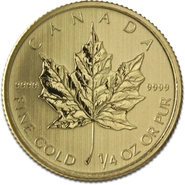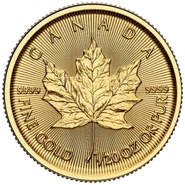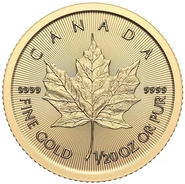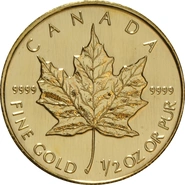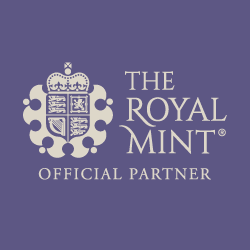Royal Canadian Mint
The Royal Canadian Mint was set up in 1908 as an offshoot of the Royal Mint in the United Kingdom, though unlike branches in Australia, the Ottawa mint was primarily created to convert gold Sovereign coins into ingots suitable for the US Treasury as debt repayments for war loans.
The Canada Mint is famous for its Maple bullion coins, but is also a world leader in refining quality; competing with the Perth Mint to produce gold beyond 999.9 purity. Learn more about the Canadian Mint.
Prior to the opening of the Royal Canadian Mint, coins for Canada - a part of the British empire - were created in London at the Royal Mint or in Birmingham at the Heaton Mint. All coins were initially minted in Ottawa, but as the refinery reached capacity in the 1960s, the decision was made to make a new factory to focus on Canada's circulating currency. Deliberation lasted until 1972, when Winnipeg was chosen and land bought. Construction began late that year and the Winnipeg facility officially opened in 1976.
The Canadian Mint also produces commemorative, circulating, and collectable coins for nations across the world including Yemen, Iceland, Singapore, Brazil, Jamaica and New Zealand. Commemorative coins are produced at the Ottawa mint (famous for its styling akin to Windsor Castle), while circulating and foreign coins are produced at the more modern and larger Winnipeg refinery.


